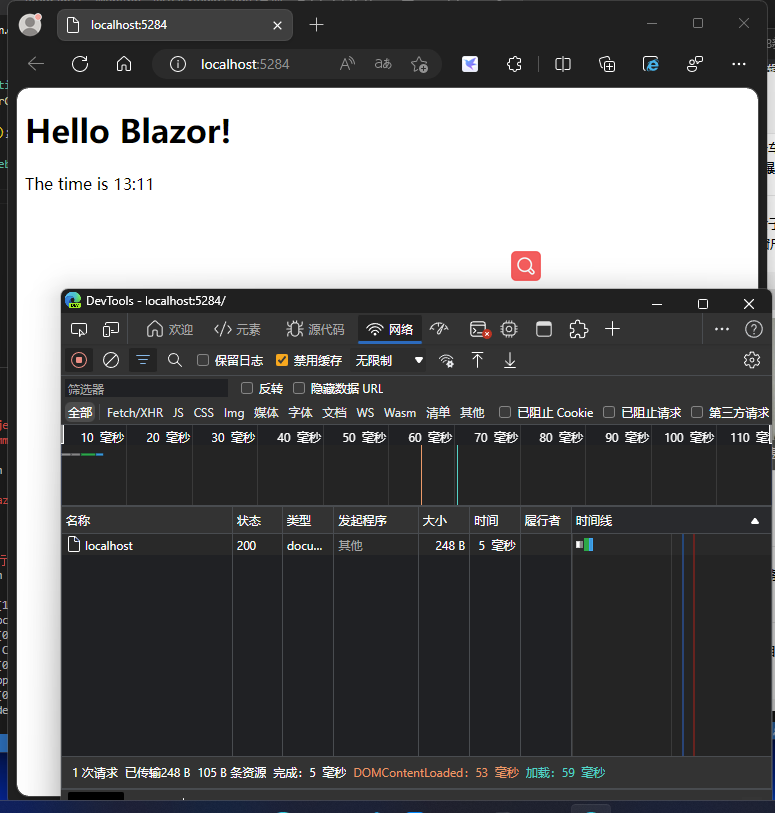本文主要介绍了关于.NET Core中依赖注入AutoMapper的相关内容,分享出来供大家参考学习,下面话不多说了,来一起看看详细的介绍:
最近在 review 代码时发现同事没有像其他项目那样使用 AutoMapper.Mapper.Initialize() 静态方法配置映射,而是使用了依赖注入 IMapper 接口的方式
services.AddSingleton<IMapper>(new Mapper(new MapperConfiguration(cfg =>
{
cfg.CreateMap<User, MentionUserDto>();
})));
于是趁机学习了解一下,在 github 上发现了 AutoMapper.Extensions.Microsoft.DependencyInjection ,使用它只需通过 AutoMapper.Profile 配置映射
public class MappingProfile : Profile
{
public MappingProfile()
{
CreateMap<User, MentionUserDto>();
}
}
然后通过 AddAutoMapper() 进行依赖注入,它会在当前程序集自动找出所有继承自 Profile 的子类添加到配置中
services.AddAutoMapper();
后来发现在使用 ProjectTo 时
.Take(10) .ProjectTo<MentionUserDto>() .ToListAsync();
发现如果自己使用 AddSingleton<IMapper>() ,会出现下面的错误(详见博问):
Mapper not initialized. Call Initialize with appropriate configuration.
使用 AddAutoMapper() 并且将 UseStaticRegistration 为 false 时也会出现同样的问题。
解决方法是给 ProjectTo 传参 _mapper.ConfigurationProvider (注:传 _mapper 不行)
.ProjectTo<MentionUserDto>(_mapper.ConfigurationProvider)
对于自己依赖注入的操作方式,后来参考 AutoMapper.Extensions.Microsoft.DependencyInjection 的实现
services.AddSingleton(config); return services.AddScoped<IMapper>(sp => new Mapper(sp.GetRequiredService<IConfigurationProvider>(), sp.GetService));
采用了下面的方式,如果不想使用 AddAutoMapper() 通过反射自动找出 Profile ,建议使用这种方式
AutoMapper.IConfigurationProvider config = new MapperConfiguration(cfg =>
{
cfg.AddProfile<MappingProfile>();
});
services.AddSingleton(config);
services.AddScoped<IMapper, Mapper>();
总结
以上就是这篇文章的全部内容了,希望本文的内容对大家的学习或者工作具有一定的参考学习价值,如果有疑问大家可以留言交流,谢谢大家对阿兔在线工具的支持。




